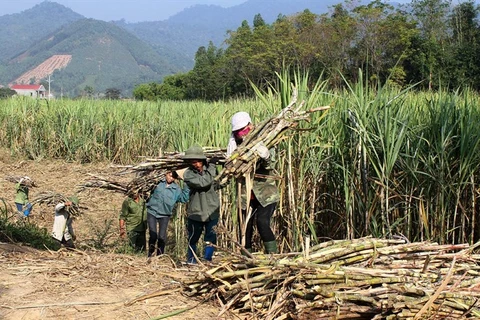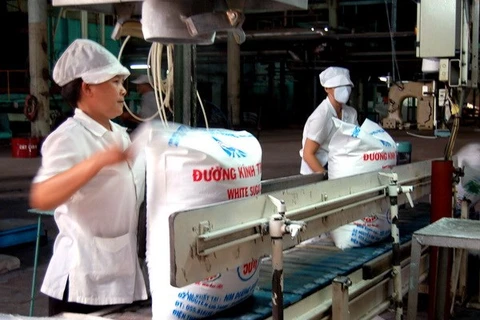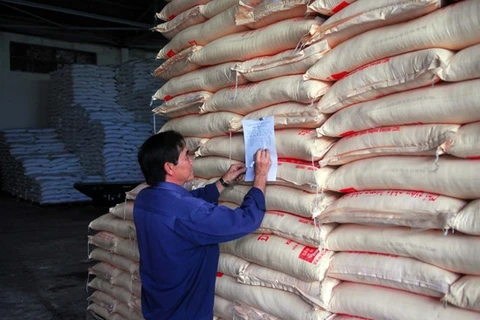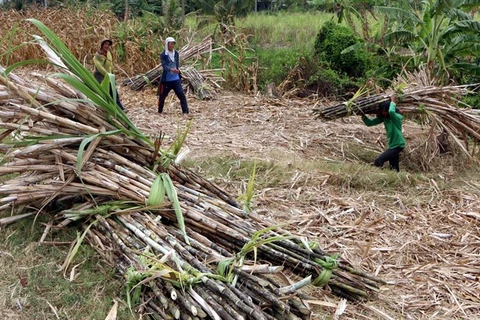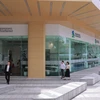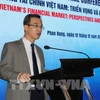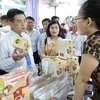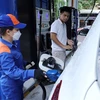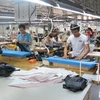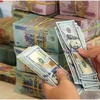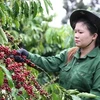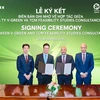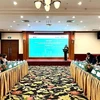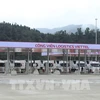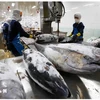 A harvester is used to harvest sugarcane in Ia Pa district, the Central Highlands province of Gia Lai (Photo: VNA)
A harvester is used to harvest sugarcane in Ia Pa district, the Central Highlands province of Gia Lai (Photo: VNA) Hanoi (VNA) – Vietnam will keep its sugarcane growing area stable at 300,000 hectares until 2030 in parallel with increasing sugar output and quality, according to a plan on the sugar industry’s development until 2020 with a vision to 2030.
The plan, recently approved by the Ministry of Agriculture and Rural Development (MARD), aims to promote the industry’s competitiveness and sustainable development while meeting domestic consumption demand and gradually moving towards export.
Accordingly, from now to 2020, the country will ensure sugarcane production at more than 20 million tonnes and sugar output at 2 million tonnes, including 1.3 million tonnes of refined sugar.
During this period, it will not build new sugar factories but only increase the capacity of existing plants in the areas able to further develop sugarcane farming. Total designed capacity of factories will be at 174,000 tonnes of sugarcane each day. The sector is set to invest resources in reforming equipment and technology to increase the rates of white and refined sugar.
The MARD targets that by 2020, at least 70 percent of factories and factory clusters will be able to process over 4,000 tonnes of sugarcane per day. About 5.5 million tonnes or 90 percent of bagasse will be used to produce 1.1 million kWh of electricity every year.
By 2030, sugarcane and sugar output will be respectively increased to 24 million tonnes and 2.5 million tonnes, and more than 90 percent of factories will process at least 4,000 tonnes of sugarcane each day. The industry is expected to recycle 7 million tonnes or 91 percent of bagasse annually to produce 1.5 – 1.6 billion kWh of electricity.
Under the plan, the agricultural sector will move factories from the areas unable to ensure material supply to more favourable regions. It will align the product structure with international standards and assist plants to diversify sugar products.
While the Vietnam Sugarcane and Sugar Association will have to improve its role in controlling sugar materials, wholesale, retail and export prices, activities will be stepped up to prevent sugar smuggling and update the industry on the global sugar market.
The agricultural sector will also work to develop good sugarcane varieties and boost farming mechanisation.-VNA
VNA
